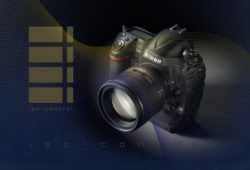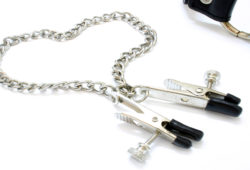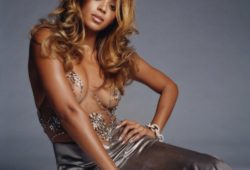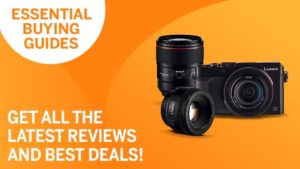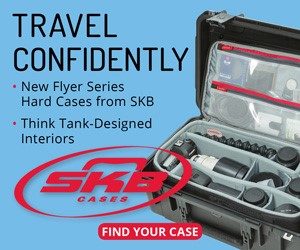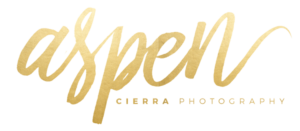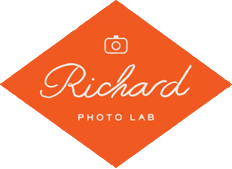Everything You Need to Know for a Successful Fashion Shoot
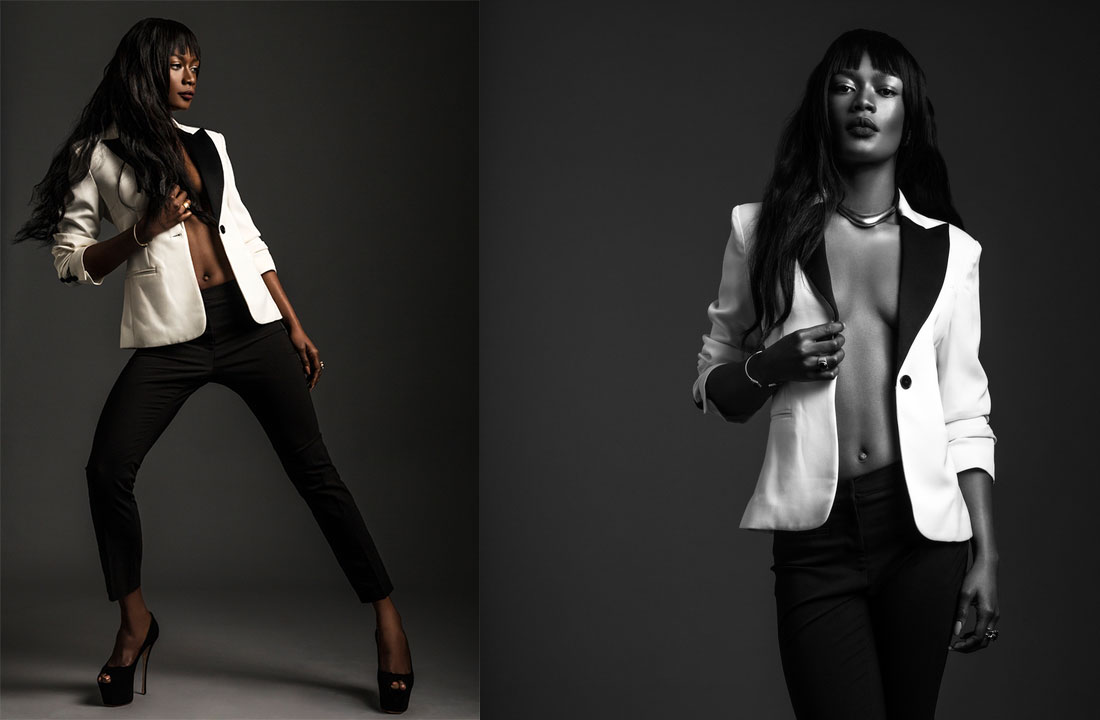 Posted On
Posted On
Fashion photography is one of those niches that escapes strict definition and for the most part, it is free from creative restriction. You can shoot whatever you want, however you want, as long as you are telling a story. It’s true that clothes, accessories, and makeup form a huge part of the story, but at the end of the day you’re providing a glimpse into an imagined world through your unique perspective.
The most important part of fashion photography is how you translate a story visually, and how you apply your own creative style to a certain idea. Over time you will find out exactly what sort of stories you like to shoot, and you will develop favorite lighting scenarios and subject matter. Your photos will start to take on a life of their own!
Exploration and experimentation are crucial elements of fashion photography. Keep in mind that this is a guide based on my personal experience, not a rulebook. Use what I have learned to put things in order with a little bit more clarity, to get a team together with more ease and better communication, and to save yourself from future stress and anxiety caused by easily avoidable mistakes.
Create a brief for your fashion shoot
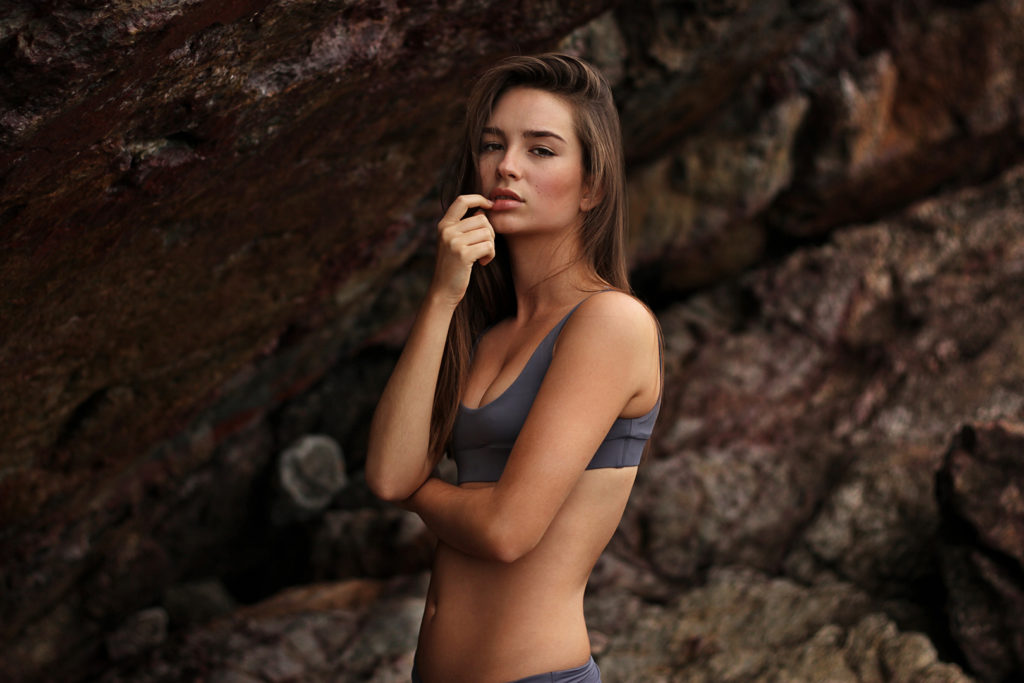
Fashion photography is all about concept and story. What narrative do you want your finished photos to express? What world are your characters situated in? You can go absolutely nuts at this stage. Literally imagine whatever you wish, then put your pen to paper and jot down whatever is in your head.
Once you’ve got that down, try and write it down a couple of different ways. Once you’ve written down a few decent descriptions of what you see in your mind’s eye, try to find the common threads that run between them. Take these threads and weave them into a short snippet that summarizes the story you are telling, as well as the characters, the scenario, and the world that your story exists in.
“Why do I have to go through all that effort before I even start?” you might be asking. Stick with me for a bit. Brainstorming and defining a strong story and concept is a great way to create cohesion and consistency in all aspects of your project, which will benefit not only you but any team members you bring on board. Having a well-defined concept will also help you find visual references for your mood board (hint: that’s our next step); it will help you answer the many questions your styling, hair, makeup, and models will undoubtedly have for you; and it will help direct the overall aesthetic of your photo shoot.
You may want to describe some of the following aspects of your shoot:
- subject matter
- location
- mood
- lighting
- aesthetic
- styling
- hair
- make-up
- any references for theme or time period, if applicable
Try to keep your description, from here on referred to as your brief, simple, and express as much as you can in layperson’s terms. While simplicity in language is important, your brief should also be descriptive in order to clearly communicate your idea to the people you’ll be collaborating with.
Decide the purpose of the shoot
Now is also be a good time to decide the purpose of your shoot, as this will guide you through much of your logistics as well as inform your team as to what they are working towards.
Are you shooting these photos to build up your portfolio, or are you planning to submit them to a publication? Are you trying to create images that will appeal to the kind of clients you hope to land in the future, or is this shoot purely a creative experiment that’s not informed by any specific career goals?
It’s always best to be clear and upfront about your goals for your shoot. Too many relationships have been destroyed by photographers who wish to sell their images as stock, or are shooting for commercial briefs, without informing their team members.
Create a mood board
Now that you have your idea written down and expressed in a concrete form, it’s time to find some visual references to accompany your carefully crafted words. I can just hear you screaming at me in your head, “More research?! If I had known I was to be sat at a computer all day I would’ve just stuck to taking photos of my pet turtle!” Trust me, this will help you get where you want to go.
Mood boards are used at every level of fashion photography. I was brought onto a shoot for Elle Italia a couple of months ago, and guess what they sent over the second I signed on? Yup, you guessed right. A mood board! Mood boards are an essential aspect of any photography that takes story and concept into account. Nowadays they’re even used for reportage and live events. Mood boards help guide an entire team towards a common goal, and this is important in any collaborative creative endeavor.
That being said, you do not have to exactly match your shots to your mood board. The mood board simply serves as a visual summary that helps ensure everyone involved with the shoot knows what you’re trying to achieve.
Get started creating your mood board by selecting a few key words from your description, and start browsing online for images (photographs or otherwise) that help put your vision into something you can share. Some useful sites to browse are Pinterest, deviantArt, Tumblr, Trend Hunter, and good old Google Images. Online (or print) fashion magazines can also be a great source of ideas. If you really want to go the extra mile and you have a very clear idea of the images you’re looking for, you can trawl online magazine repositories like The Fashionisto and Fashion Gone Rogue for inspiration.
Now that you have your idea in a concrete, shareable form, it’s time to put together your team!
Find your team
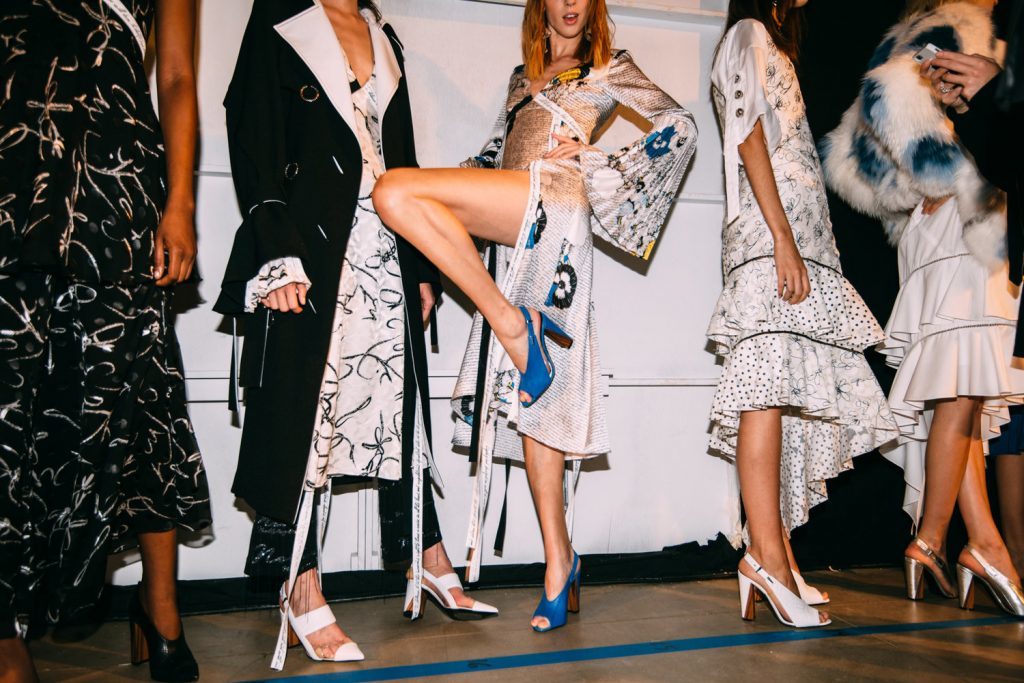
Your team will have to consist of at least one subject and yourself, unless you are planning to start your fashion photography adventure with self-portraits. A daring choice, but you’re probably looking to start off by shoot another person. Thanks to the internet you’ve now got more available avenues to find collaborators than ever before: local Facebook groups for collaborative shoots as well as websites like Model Mayhem make for a great place to start. Of course, you can also start out by shooting some friends.
The best way to approach people you’d like to work with is by sending over your shoot brief and mood board, as well your background and previous body of work if you have one. Once you build a strong portfolio you may be able to start approaching modeling agencies to work with their professional models, but when you’re just starting out it’s easier to source models who are also emerging professionals like yourself.
Having a clear, concise vision and a purposeful plan for what you are trying to achieve lets people know that you put some serious thought into this and that you are trying to create something worthwhile. See, aren’t you happy to spent those thirty minutes searching for “modern Victorian style” on Pinterest? You can thank me later.
Find a fashion stylist
I always like to start off with styling. As you would imagine, clothes are a crucial component of fashion photography and the best person to help you with this would be a fashion stylist. A stylist’s main task is putting together outfits and garments that match the story and concept you set out in the brief. They are usually well connected with stores, brands, and designers, and good stylists monitor trends in fashion with much patience and focus.
A stylist will conceptualize outfits for the shoot from brands who fit the brief, and they will go out and borrow these items for the shoot, dress the models in an organized and creative fashion, and ensure that all items are accounted for at the end of the day and returned. A stylist will collaborate with you and help advise on everything from how the story is shot to how the story can be presented once it’s finished. Stylists are photographers’ allies, and you would do well to befriend a few of them if you can!
Of course styling the shoot yourself, or helping your subject style themselves, is also a viable option for those photographers who are just starting out or who are working on a smaller budget. This is how I started out. You can always check out brands that fit your brief and contact them yourself, and flea markets and vintage sales are good spots to find classic pieces that can come in handy for current or future projects. That being said, handing over styling responsibility to a skilled fashion stylist can free up your time and help ensure you spend your shoot focused on getting the photos you want.
Find your model(s)
Once you’ve decided what route you’re going to take for styling the shoot, it’s time to pick a subject. You can sometimes start with your subject before the styling, as is the case with most shoots that involve your friends (and celebrities), but it’s usually wise to choose your subject once you have a stylist, or have at least decided on the styling, as your subject will also have to fit your story.
You will have to decide on how many models you want to shoot, as well as their gender and physical appearance. This is one of the few times in life when you can express physical requirements when “hiring” for an open role, so don’t be afraid to be descriptive in your search and selective in your decisions.
As you’re going to be working closely with the model or models on your shoot, you’ll want to source people based not only on their portfolio and look but also on their professionalism and communication. I make it a habit to have my models sign a model release, and make sure to let them know this well before the shoot. A model release lets everyone on the team use the photos for the uses intended and stated in the release, and saves you a massive headache should there be any issues down the line. If you are working with a model who’s signed to an agency, the agency will have a say on the usage of the photos, and you’ll want to confirm details with them before beginning the shoot.
Find your hair and makeup artists
Now that you’ve sorted out the fashion and the model, it’s time to think about hair and makeup. These are essential aspects of fashion photography, and I would strongly recommend that you look into finding people to work with you on these. Hair and makeup make all the difference when it comes to bringing your fashion story to life, as they can place the model into the world you’ve envisaged with much more realism and relative ease than post-production can ever achieve. Most high-end fashion shoots will spend hours on hair and makeup, as they really do add another crucial element of artistry to the shoot. They also save you oodles of time in editing.
Higher-end shoots also go so far as to recruit props managers, set designers, nail technicians, and a whole slew of other creative contributors, but for our purposes here you are probably fine with having just one person to do both hair and makeup (referred to as a HMUA), or two people who specialize in either hair or makeup. If you are just starting out, maybe you can try to do a bit of touching up and grooming yourself, but I do have to reiterate that it’s usually best to leave this aspect to people who live and breathe this kind of thing and stick to the bigger picture (get it?) elements of the shoot.
On that note, it’s always helpful to find a few helping hands to assist you on the shoot. Friends who want to know what it’s like in the creative world will do, and experienced photography assistants are even better.
Now you have a team! Congratulations, give yourself a pat on the back and have a doughnut.
Schedule your fashion shoot
Now it is time to think about logistics. A quick helpful tip to start is to schedule your shoot between 9 am and 1 pm or from 2 pm to 6 pm. Why the specific time, you might ask? The person organizing the shoot is usually the person who is expected to provide food and drinks for the team. More often than not, this is just a matter of some Doritos and salsa, but if your shoot crosses over major mealtimes then your team might be expecting a pizza party on your tab. There’s nothing wrong with this of course, and I often head out after a shoot to grab a bite to eat with my team. Just keep in mind that a hungry team isn’t a happy team and an unhappy team does not always produce great work.
Confirm your location
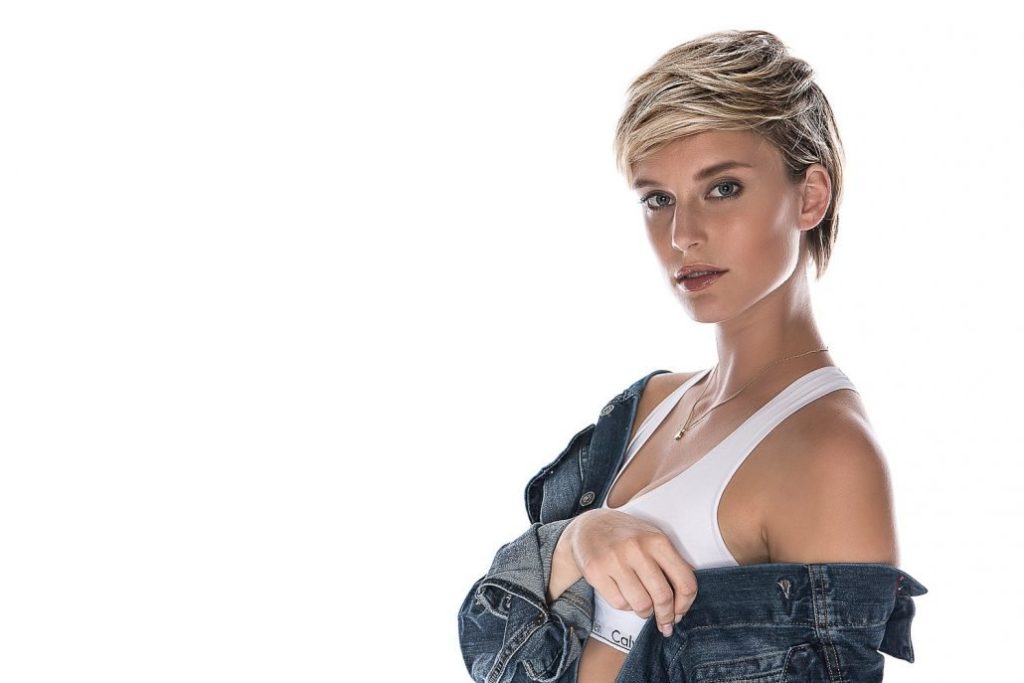
When organizing a shoot one is usually faced with the choice between shooting in studio or on location, and for more complex shoots you may have elements of set and production design to incorporate in either scenario. This is something you probably thought about quite a bit when you were writing your brief.
If you are shooting in a studio, and you don’t regularly have access to one, it is usually fine to rent out a reasonably priced space that meets the needs of your brief. When renting space make sure you allot enough time for preparation, so that you don’t find yourself rushing at the end when the studio assistant tells you the next team is starting to roll in with a back-to-back reservation. You’ll want to make sure that the studio you use has access to washroom facilities, and that there is a space for you to get your models ready and prepped to shoot. Choose a studio that’s clean and bright and well-equipped (if you don’t have your own lights), and make sure it’s convenient for everyone on your team.
If you have decided to shoot on location, choose one that fits your brief and adds something to your story. Always ensure a backup option in case the weather doesn’t go according to plan. Make sure that the location is accessible and has all the amenities you need to keep everyone happy, and make sure that you have the necessary permits required to shoot there.
This information is usually available online, but if it isn’t, it really is worth a phone call or quick visit to make sure that you avoid the dreaded nightmare situation of rocking onto the property half an hour before call time only for a sour-faced security guard to walk up to you and demand to see some documentation. The location may or may not give you a signed location release, but usually an e-mail or letter from management is enough proof of your arranging to shoot there at a certain time or date.
Most places will allow photography for non-commercial purposes anyway, so I always say it’s better to err on the side of caution than be stuck at a nature reserve you can’t shoot in while your models’ makeup is melting and none of you can pin down an Uber to escape the nasty men with walkie-talkies giving you the evil eye.
Come prepared with all the equipment you’ll need
In terms of equipment, make sure that you have covered your bases and you are prepared in the unlikely event of catastrophic technical failure. I got that term off of my business insurance! It sounds scarier than it should, but accidents do happen. I often take a second camera with me just in case, and often when shooting with two cameras (i.e. two focal lengths and I don’t want to swap between layouts) I will bring a small mirrorless as a backup.
For those of you who love to shoot on film (like me!), I would recommend bringing some extra rolls with you, as I have left my house with my Contax G2 empty or with a mostly used up roll too many times to mention. Make sure that all batteries are charged and you have brought spares, your memory cards have been formatted, and that your equipment is easily portable if you are shooting on location. It’s also a good idea to ensure that you are familiar with the equipment you’re using in studio if you’re renting out space or kit.
Create a call sheet as needed
Finally, it is often a good idea to put together a call sheet for your fashion shoot. This document lists all your important shoot information, including who’s on the team and how to best contact them, where and what time you are all meeting up, where the shoot is to take place, as well as additional details like public transport directions and emergency medical information. This is not a necessary step to every shoot, especially if you’re just shooting alone with one model, but your team members will appreciate the extra effort to make sure everyone is on the same page.
